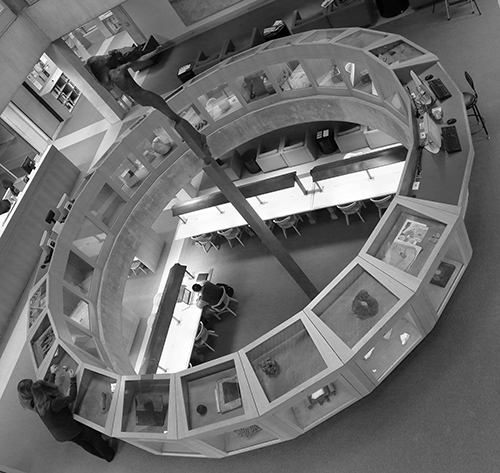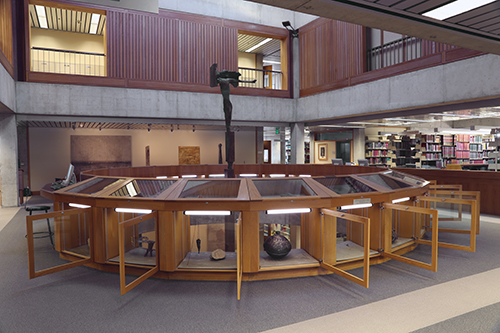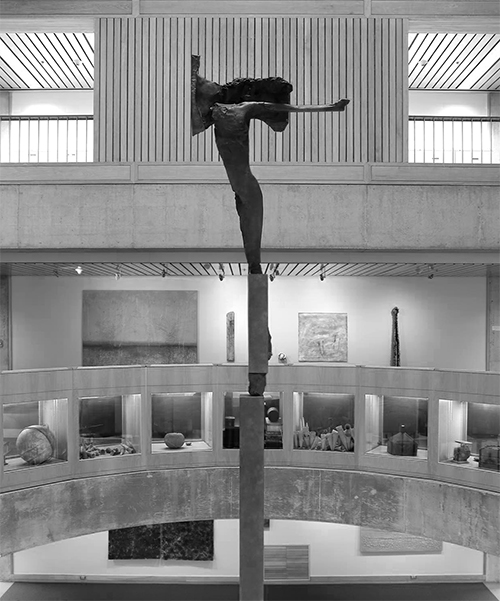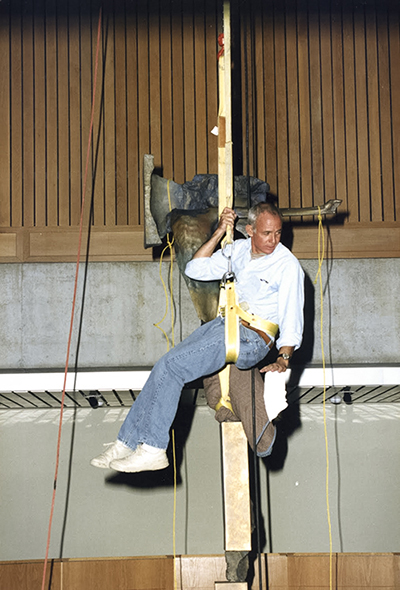CircumNavigators
By Christel Dillbohner and Danae Mattes
Berkeley, March 2015

During our first visit to the Flora Lamson Hewlett Library at the Graduate Theological Union in Berkeley, the circular arrangement of the vitrines brought up the image of a complex compass. That this “compass” is centrally located in a library dedicated to the spiritual and philosophical questions human beings have been immersed in for centuries, inspired us to explore the concept of circumnavigation.
As individuals we circumnavigate our collective and private history, cultural myths, spiritual beliefs, the imaginal realms, and our planet. The following are a few of our considerations:
- There are many forms of map- making, only a few of which are geographical.
- The route taken to any destination may be generated from a momentary flash of inspiration; as well as a lifelong commitment to explore and develop a personal trajectory within a global perspective.
- Conundrums and detours may be hindrances or gifts.
- Surprisingly non-linear, the most direct path to a destination may be a circuitous one.
- The very act of traveling itself may be the actual “destination” when understood ontologically.
- By “visual storytelling” we contribute to the great narrative of human existence on planet earth.
We have gathered objects, both created and found, from each of our independent “visual libraries.” We would like to acknowledge the artists Stephen DeStaebler, Ed Lau and Ann Scott whose objects we have included into the exhibition. These objects now become newly reconfigured tableaux in the vitrine cases with the intention of creating a sculptural lexicon that comprises many references for orientation. We think of these as “Wegweiser” or “Signposts” that provoke curious questions. The process of exploratory questioning becomes a tool for navigation. Do these artifacts have intrinsic value because they tell of a time and place? Or are they offering clues to what might be experienced if one acts upon what they elude? Is this seeking or finding?




